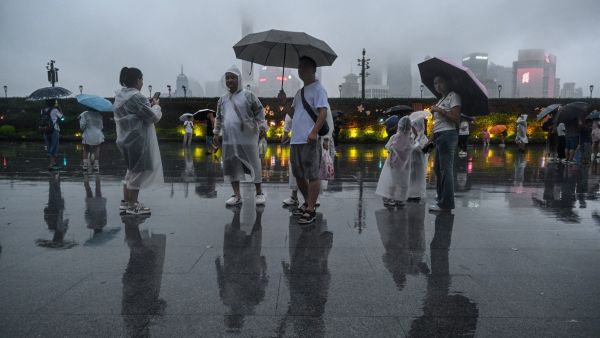ALBAWABA- At least 53 people have been killed and dozens more remain missing as relentless rainstorms battered northern China this week, triggering deadly floods, landslides, and widespread destruction across multiple regions.
In Beijing, one of the worst-hit areas, 44 people were confirmed dead and nine remain missing, according to state-run Xinhua News Agency. The Miyun District, a suburban area northeast of the capital, suffered the highest death toll, 31 people perished at a nursing home overwhelmed by flash floods.
Neighboring Hebei province also saw the devastation. In Chengde city, eight people died and 18 are missing, while other parts of Hebei reported landslides that killed four more.
Severe damage was also recorded in Jilin, Shandong, Hunan, and Inner Mongolia, as rainstorms pounded large swaths of eastern, northern, and northeastern China.
State broadcaster CCTV reported widespread power outages, collapsed roads, and damage to critical infrastructure. Over 10,000 residents in Miyun alone were left without electricity, and more than 4,400 people were evacuated after torrents flooded entire villages.
Disturbing scenes shared on WeChat showed cars and trucks floating through the submerged streets of Miyun and residents being rescued by rope as floodwaters rose to rooftops.
In one rescue operation at an elderly care center, emergency workers swam into the building to save 48 trapped individuals.
The deluge has caused 41 rivers across the country to overflow, prompting the Ministry of Water Resources to issue flood warnings for small and mid-sized rivers, along with mountain torrents.
Chinese President Xi Jinping called for all-out efforts to protect lives and property, while meteorological authorities warned that more heavy rainfall is expected in the coming days.
The Central Meteorological Observatory said some parts of Beijing may see more than 300 mm of rain within six hours, and the city has issued its highest-level flood alert.
Scientists have linked the intensifying rainfall in China’s typically arid north to climate change and the East Asian monsoon, raising concerns about long-term vulnerability in densely populated regions. The storms also mark another episode of extreme weather impacting China’s economy and infrastructure.
Emergency shelters have been set up in towns like Shicheng near the Miyun Reservoir, where entire villages have been relocated, and over 100 residents were moved to a local school for safety.










